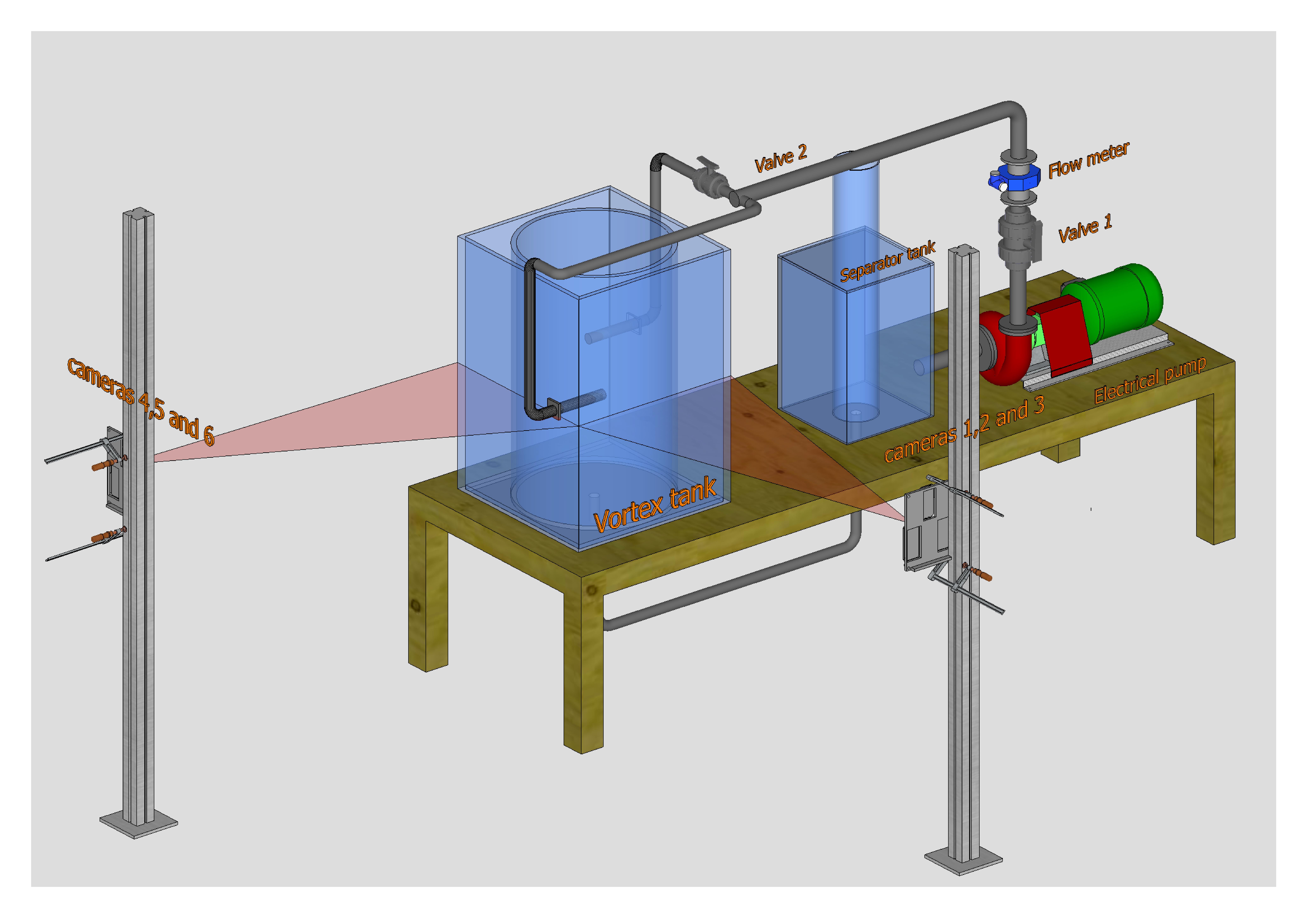Fat Oil and Grease Transport in Pump Sumps by the Means of Controlled Free-Surface Vortices
Urban drainage systems are vital municipal infrastructure that contribute to public health and water safety. For instance, in The Netherlands, as a low-lying country, sewage needs to be pumped due to the lack of natural inclination. Approximately 13.000 Waste Water Pumping Stations (WWPS) are constantly in operation. WWPS often have operational problems due to accumulation of floating matter e.g. fat oil and grease. However, current guidelines for WWPS design do not address sufficiently the problem of transport of floating debris. Free-surface vortices in fact have potential to transport floating debris in pump sumps. In this thesis transport capabilities of controlled free-surface vortices are described, demonstrated and discussed. The experimental set-up, closed system of transparent tank and pipes with a pump, was used to investigate the transportability of solid particles by the means of a controlled freesurface vortices. Artificial particles of different shapes, sizes and densities were used for the experiments. The particle transport can be split in two stages: stage 1 – experimental particle travels from the water surface till the tip of the air core; stage 2 – transport form the tip of the air core to the tank outlet. The results show that the major bottleneck of the transportability lays in the transport in stage 1 as some heavier spheres and cubes get thrown out of the vortex rather than getting transported to the bottom of the air core. Therefore, not all the artificial particles will be transported. However, most FOG particles are expected to transport as their shape lays in-between the EP shapes. Consequently, in can be concluded that particle transport phenomena depend on several particle properties i.e. specific density, size and shape as well as on hydraulic conditions of the free-surface vortex.

